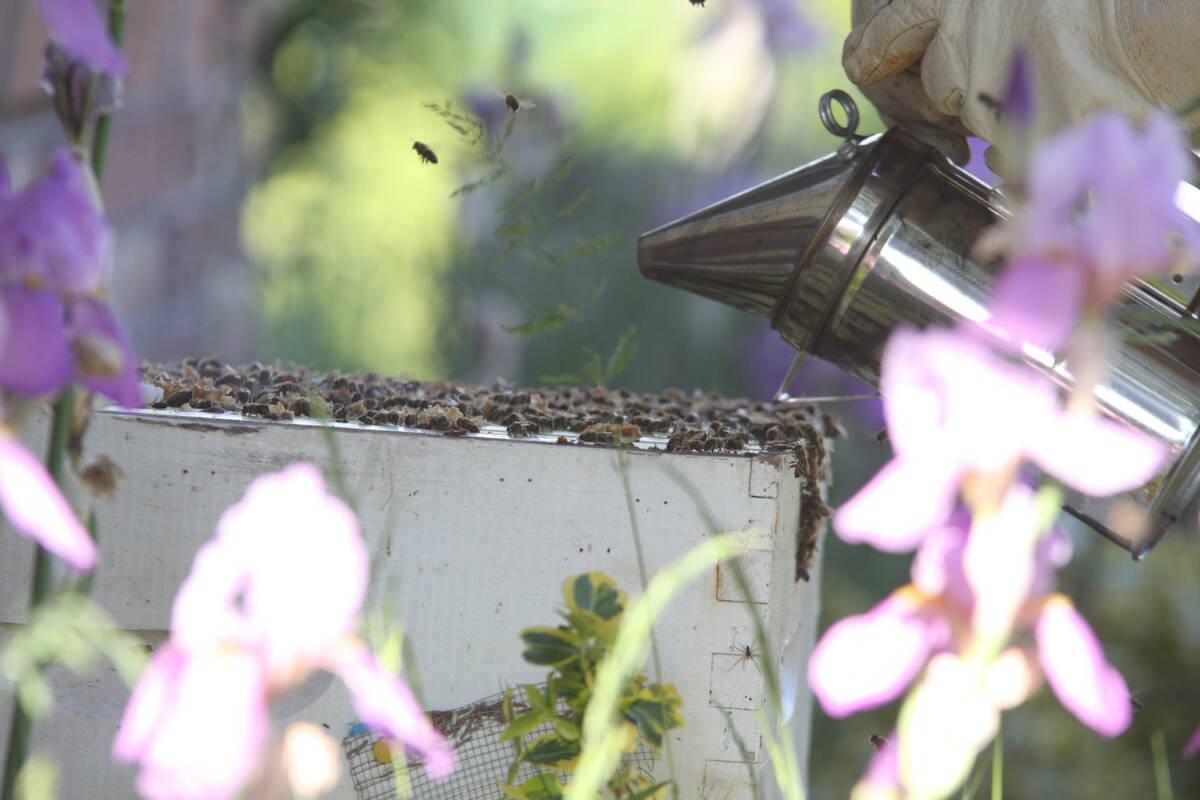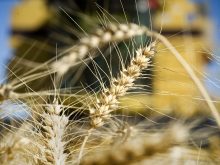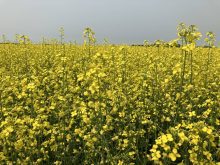Commission says 46 percent of imports are fraudulent; potential crackdown may be opportunity for Canadian beekeepers
Europe has learned that honey from China isn’t really “honey.”
In March the European Commission reported that 46 percent of honey imports coming into Europe are fraudulent. That is, the honey was adulterated with sugar made from rice, wheat, sugar beets and other syrups.
Of the honey imports into Europe from China, nearly 75 percent was fraudulent, based on testing of random samples of honey shipments from more than 20 countries. The percentage of fake honey from Turkey was even higher, at 93 percent.
“The highest absolute number of suspicious consignments originated from China (66 out of 89 samples),” said the European Union report on fraudulent practices in the honey sector.
Read Also

Manitoba beekeepers battle for survival
Honeybee colony losses have hit 43 per cent, making 2025 the latest in a string of poor bee survival years for Manitoba’s honey producers
In a report called Food Fraud: How Genuine is Your Honey, the commission said fake honey is a tempting market because of the price gap between sugar syrup and authentic honey.
“The EU average … value for imported honey was 2.32 euros (C$3.50) per kilogram in 2021, whereas sugar syrups made from rice are available at around 0.40 to 0.60 euros per kg,” it said in March.
“In addition, the difficulty to detect the extension of honey with syrups makes the honey sector even more attractive for fraudsters.”
Fraudulent honey is a concern for the EU because the region is a major importer of honey:
- In 2020 Europe imported C$540 million worth of honey , ranking second to the United States.
- Most of the European imports go to Germany; the country imported around $375 million worth of honey annually from 2016-2020.
However, Germany and other European countries import very little honey from Canada because of concerns that bees forage on genetically modified crops such as canola.
“The European Union changed the definition of honey to include pollen, and that basically excluded all Canadian exports because they had a GMO component,” said Rod Scarlett, Canadian Honey Council executive director.
“Europe said we’re not importing genetically modified food products, unless it’s labeled.”
The restrictions are a lost opportunity for Canadian beekeepers, given the size of the European market.
“Germany used to be our second largest consumer of exported honey,” Scarlett said.
Canada doesn’t produce nearly enough honey to supply the massive European market. That’s the role of fraudsters from China and other nations.
In 2021, using EU data, Chinese exports to Europe were 48,000 tonnes, 28 percent of all imported honey in the EU.
If Europe decides to crack down on fake honey, it could create an opening for Canadian honey.
“What that European Union report does, is it may open up premium markets again in Europe,” Scarlett said.
It’s uncertain if Europe will accept Canadian honey.
In the meantime, Canadian beekeepers are enjoying a period of strong honey prices.
This spring, prices are around $3 per pound, which is a huge improvement from 2020, when beekeepers in Western Canada were receiving $1.30 per lb.
Bad weather, problems with varroa mites in beehives and other issues have pushed up the value of honey in Canada:
- In the last three years, honey production in Western Canada has been below average, cutting supplies and stockpiles to almost nothing.
- In 2021, the United States imposed duties on exporters from Vietnam, India, Brazil and Argentina for dumping honey into the American market.
“That is another factor, and it has maintained the price of honey in the U.S.,” said Scarlett.
Authentic honey from Canada could become a premium product in the market, given the shortfall of honey in Canada, the anti-dumping duties on Canada’s competitors in the U.S. market and a possible global crackdown on fake honey.
“Right now, it appears … that the price of Canadian honey in the U.S. is greater than what we’ve been receiving from other countries,” Scarlett said.
“That has not been the case for a long time.”
- Canada exported 23 tonnes of honey to Greece and Belgium. In comparison, exports to Japan were 4,000 tonnes.
- Sales to Germany, the largest market in Europe for honey, were not mentioned in a Statistics Canada report.
- In 2018, EU honey exports to Canada were 748 tonnes. By 2021, the figure had reached 1,344 tonnes, an 80 percent increase.
The one-way trade deal
The Canada-European Union trade deal has not worked out as intended. Not for Canadian farmers, at least.
The deal was ratified in 2017, but in 2022 Canada’s red meat sector exported a small amount of beef and pork to the EU. Meanwhile, Europe is shipping a significant quantity of pork and beef to Canada.
In 2022, Canada’s red meat trade deficit with Europe was around $340 million. Now, honey can be added to the list of products where trade flows in one direction.
In 2021:
• Canada exported 23 tonnes of honey to Greece and Belgium. In comparison, exports to Japan were 4,000 tonnes.
• Sales to Germany, the largest market in Europe for honey, were not mentioned in a Statistics Canada report.
• In 2018, EU honey exports to Canada were 748 tonnes. By 2021, the figure had reached 1,344 tonnes, an 80 percent increase.
Sources: Statistics Canada, European Commission
















